Andrea Cigni, tra i registi italiani, è impegnato nelle ultimissime prove di Tosca, la celeberrima opera pucciniana. Il suo spettacolo debutterà il 12 marzo a Minneapolis, al Minnesota Opera, e i tre protagonisti saranno: Kelly Kaduce (Floria Tosca nelle recite del 12, 17, 19, 24, 26 marzo) che si alternerà con Alexandra LoBianco (13, 18, 20 marzo); Leonardo Capalbo (Mario Cavaradossi nelle recite del 12, 17,
 Andrea Cigni, tra i registi italiani, è impegnato nelle ultimissime prove di Tosca, la celeberrima opera pucciniana.
Andrea Cigni, tra i registi italiani, è impegnato nelle ultimissime prove di Tosca, la celeberrima opera pucciniana.
Il suo spettacolo debutterà il 12 marzo a Minneapolis, al Minnesota Opera, e i tre protagonisti saranno: Kelly Kaduce (Floria Tosca nelle recite del 12, 17, 19, 24, 26 marzo) che si alternerà con Alexandra LoBianco (13, 18, 20 marzo); Leonardo Capalbo (Mario Cavaradossi nelle recite del 12, 17, 19, 24, 26 marzo) sostituito da Dominick Chenes (13, 18, 20 marzo); e Stephen Powell (Scarpia nelle recite del 12, 17, 19, 24, 26 marzo) che si alternerà con Mark Walters (13, 18, 20 marzo). Completano il cast: Andrew Lovato (Angelotti), David Walton (Spoletta); Benjamin Sieverding (Sacrestano) e Rodolfo Nieto (Sciarrone).
Sul podio si alterneranno Anne Manson (March 12, 17, 19, 24, 26) e Jonathan Brandani (13, 18, 20 Marzo). Il team tecnico è formato da Lorenzo Cutùli  (Scene e Costumi) e da Fiammetta Baldiserri (Luci).
(Scene e Costumi) e da Fiammetta Baldiserri (Luci).
Cigni definisce la sua “Tosca” come una storia “metateatrale”, che intreccia il teatro e la realtà e nel suo svilupparsi accompagna la riflessione di quanto il teatro e la vita si rispecchino l’uno nell’altra, e viceversa. Il regista ha scelto di lavorare sulle ambientazioni, non cercando delle banali ricostruzioni, ma piuttosto in senso evocativo, che è la cifra distintiva del suo percorso di ricerca artistica. Così la chiesa è rappresentata dall’ostensorio, che diviene il simbolo del potere religioso, che abbraccia con la sua circolarità gli eventi drammatici del primo atto. Palazzo Farnese è la scena effettiva dell’opera: anche la scena più drammatica, quella in cui Scarpia viene ucciso da Tosca, diventa essa stessa parte del dramma teatrale. In questa Tosca la donna e la cantante agiscono insieme su un unico piano di realtà perché, appunto, non c’è confine fra il teatro e la vita.
Di seguito riportiamo in inglese le sue note di regia:
Tosca is an opera that brings on stage conflicts. Conflicts that develop in particular environments, a Church, the Palace, the Theater, the Prison, even though with independent significance they all lead in the same direction. The environments only justify the dramaturgical strength and power. Hence my starting point, explaining the developing conflicts in their confined symbolic situations and considering Tosca a meta-theatrical story, which in its development seems absolutely real, going from fiction and simulation of the story to the force of reality. From here begins the analysis and reflection that Theater is like Life and Life is like Theater.
 We did not to work using the mundane reconstruction sense of the places, but abstracted the evocation sense that is typical of the work and the artistic path I’m doing.
We did not to work using the mundane reconstruction sense of the places, but abstracted the evocation sense that is typical of the work and the artistic path I’m doing.
The Church is well represented by the monstrance that becomes a symbolic place of religious power, which ideally embraces with its circularity, but at the same time identifies the central pivot, of the dramatic events in the first act that ends with the Te Deum. Main feature of this first act is the transfiguration of Scarpia into head prelate, increasingly ambitious and power-hungry.
The Farnese palace is the actual theatrical place of the opera, where the most dramatic action unfolds, the relationships between the characters acquire a scenic existence that is justified from the context. Therefore, the crucial moment where Scarpia is murdered by Tosca a Theater is revealed, the theater where the opera premiered, where ideally Tosca was performing just before and that became the exhibition space of the antagonist’s death, as if this also was a theatrical event. The claustrophobic and impending environment of  Farnese Palace, which is surrounded by a curtain implying that a gruesome show took place behind the scenes, eventually everything is revealed to the public and death, realty, become an element for a spectacular performance with the fall of the curtain itself.
Farnese Palace, which is surrounded by a curtain implying that a gruesome show took place behind the scenes, eventually everything is revealed to the public and death, realty, become an element for a spectacular performance with the fall of the curtain itself.
Tosca is a theatrical opera, it takes place in a theater and the main character is an artist. This is how her life is explained. It is a cross way between reality, fiction and fiction that becomes reality and ubiquity. ‘Like Tosca in the theatre’ is the phrase that constantly comes to my mind. Only the theater Costanzi could have been chosen for the opera debut in January 1900.
The last act closes with a ‘coup de théâtre’. An apparently fake death that instead is real. A scenic death which is actually a tout court death and that is later followed by the main character’s death.
The supremacy of a non benign religion, that actually permeates the entire setting up and interpretation that I have given, particularly demonstrated by the Archangel Michael with sword that dominates the scene to witness the judgment of a non providential religion, which does not help the main characters.
Tosca commits suicide by hurling herself over the edge into the public, as if she, artistically speaking, to encounter the judgment of a theater audience at the end of a performance.
Tutti gli ingredienti per un interessante spettacolo…
Redazione di ArtInMovimento Magazine
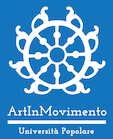
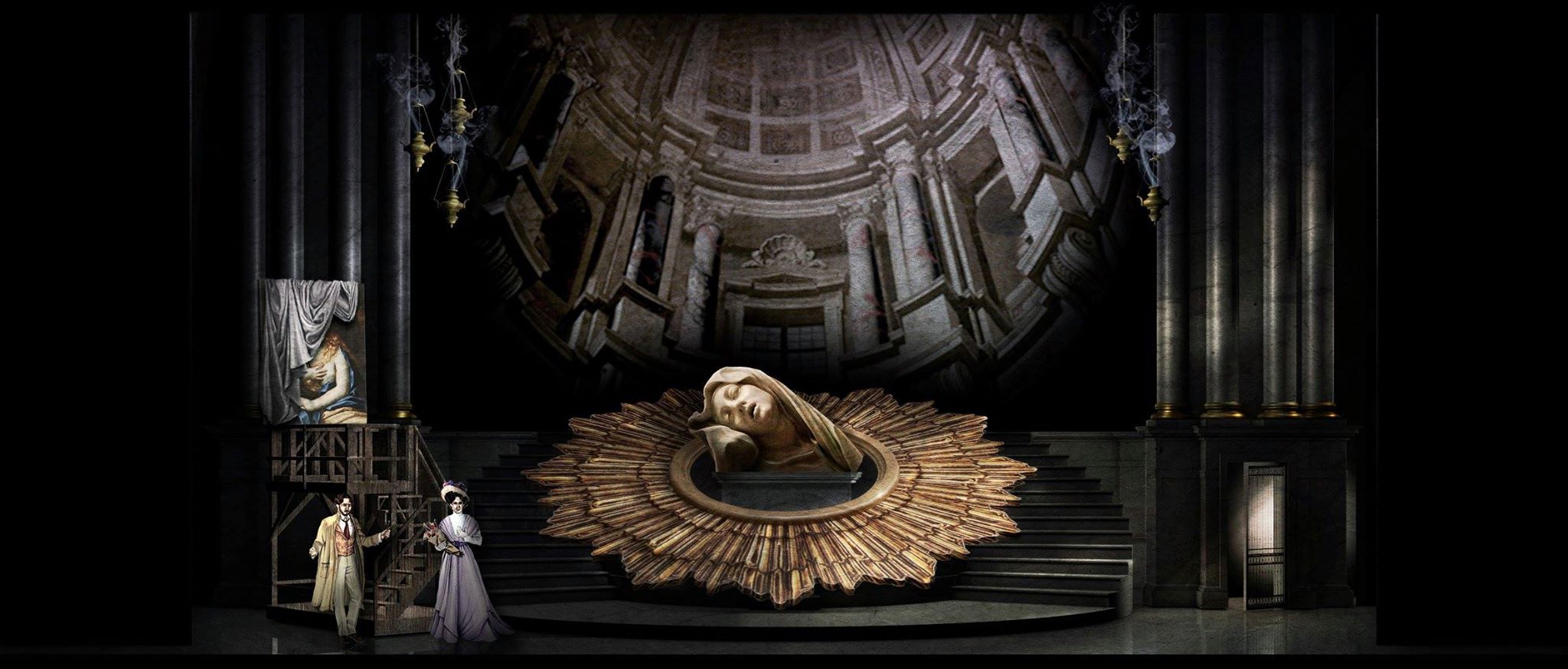






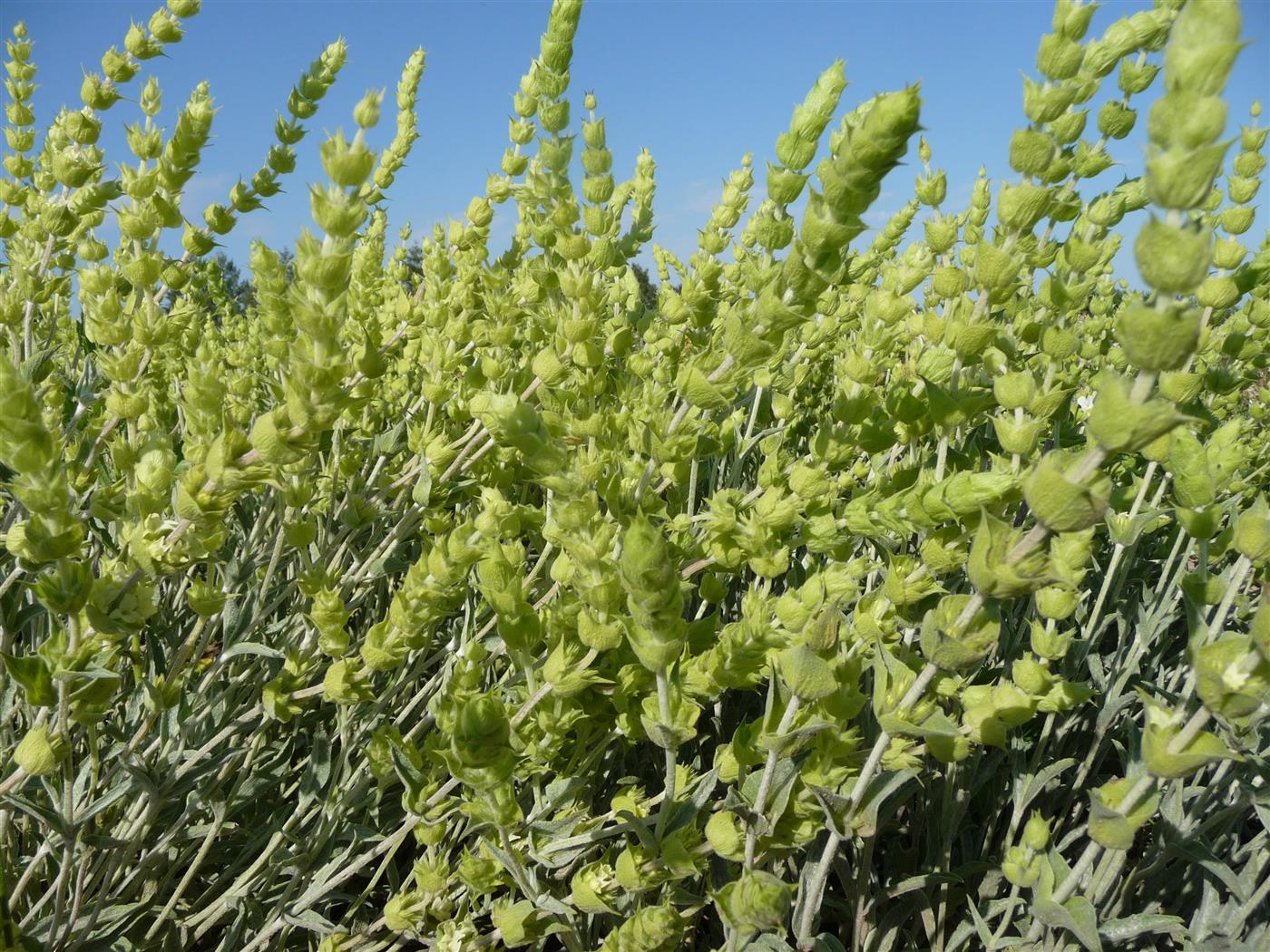
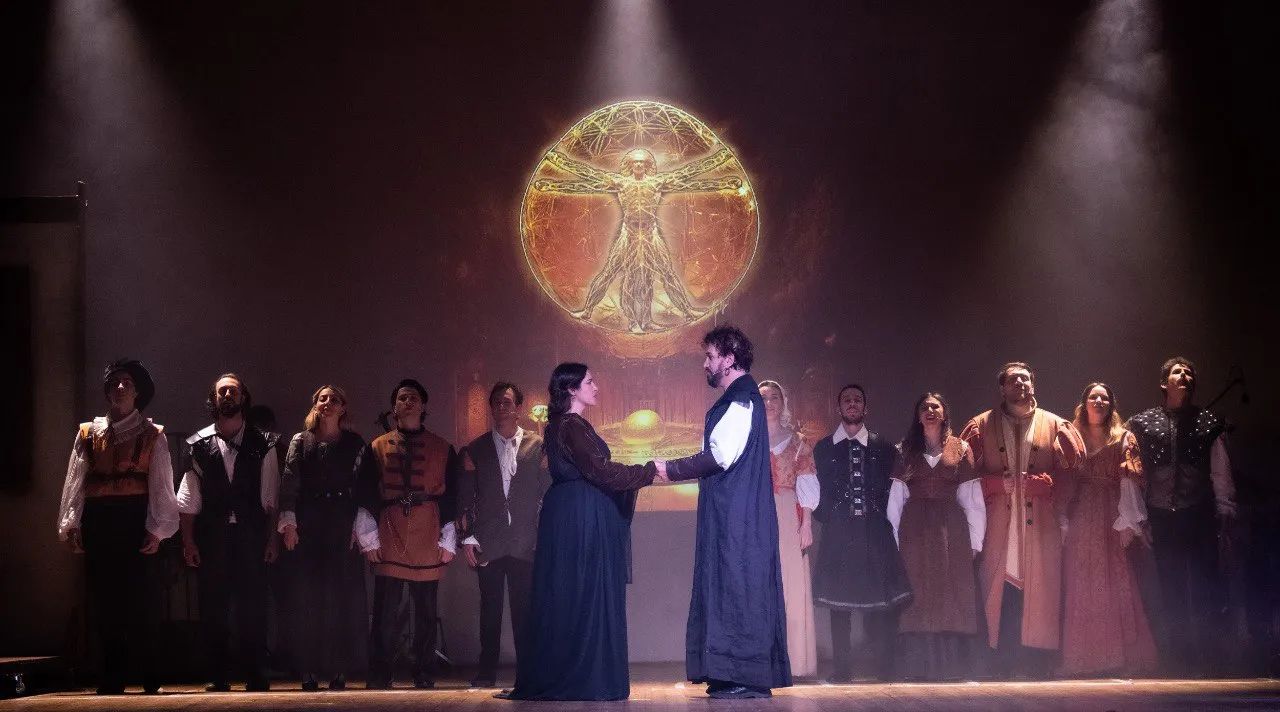





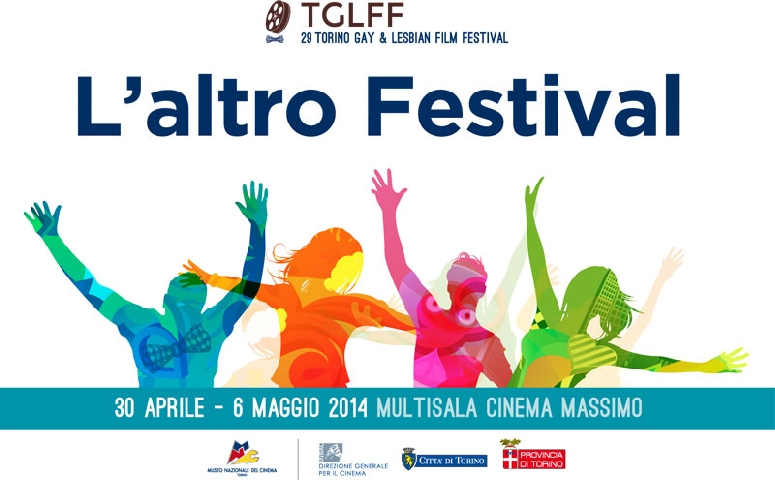
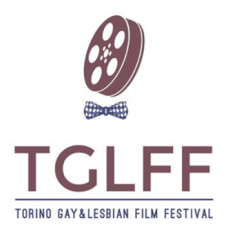

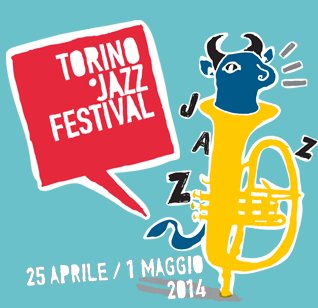
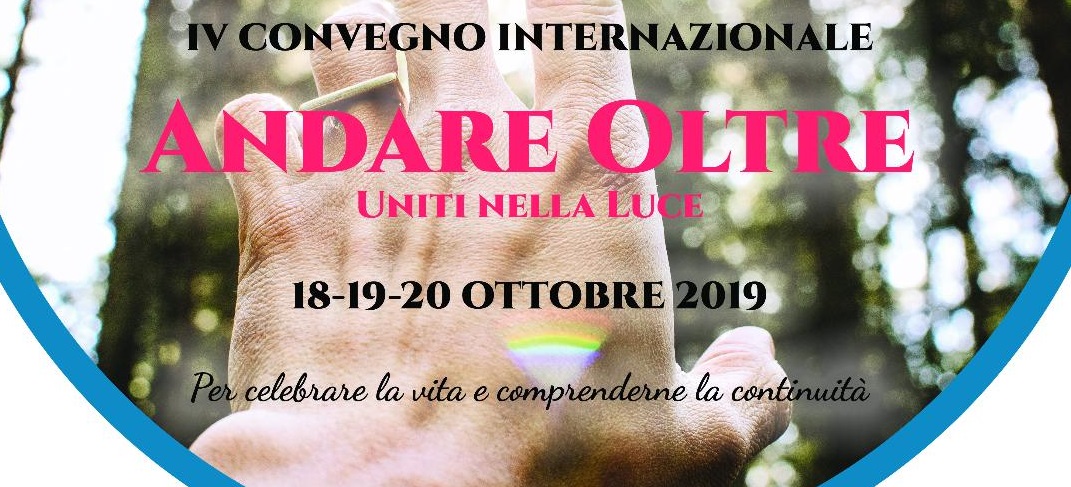
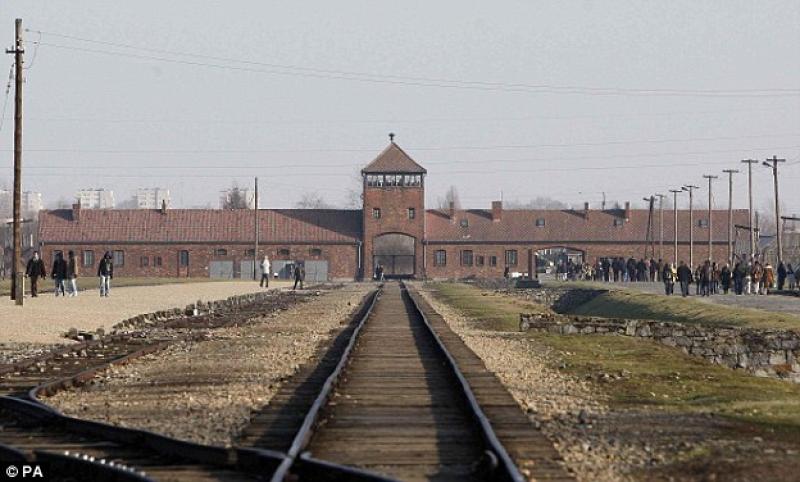
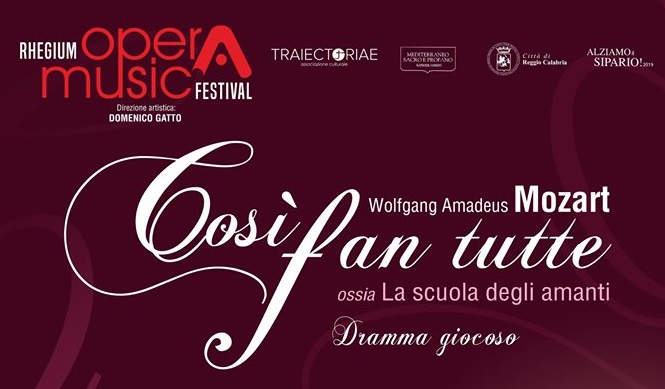

Leave a Comment
Your email address will not be published. Required fields are marked with *